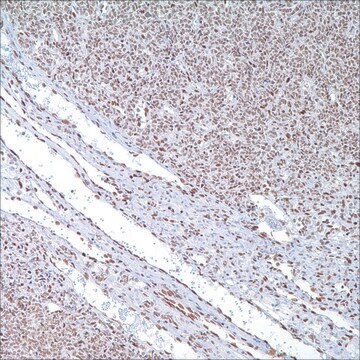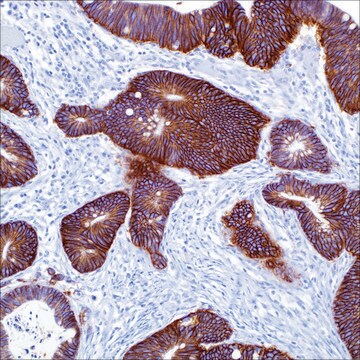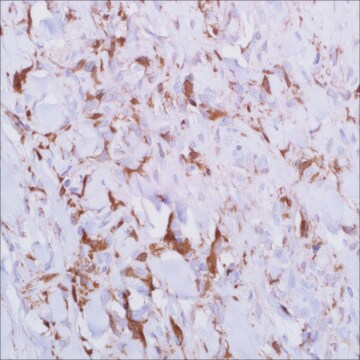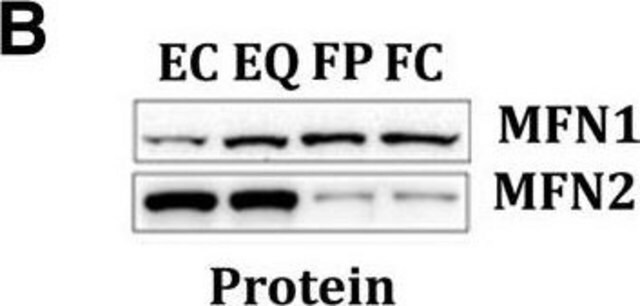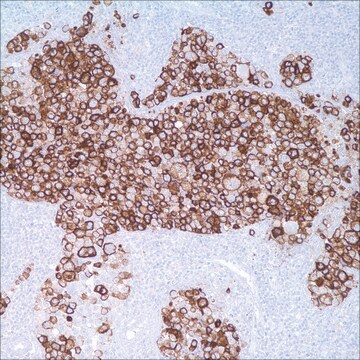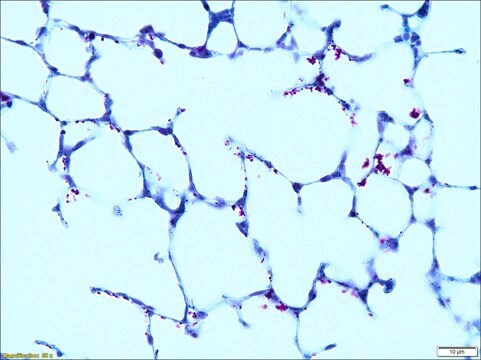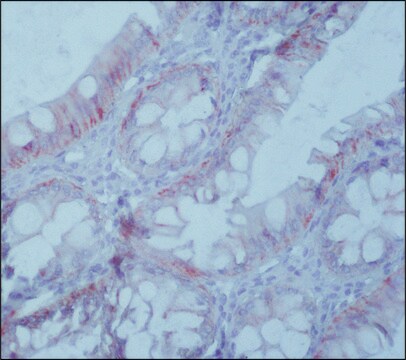推薦產品
生物源
rabbit
品質等級
100
500
共軛
unconjugated
抗體表格
culture supernatant
抗體產品種類
primary antibodies
無性繁殖
EP137, monoclonal
描述
For In Vitro Diagnostic Use in Select Regions
形狀
buffered aqueous solution
物種活性
human
包裝
vial of 0.1 mL concentrate (350R-24)
vial of 0.1 mL concentrate Research Use Only (350R-24-RUO)
vial of 0.5 mL concentrate (350R-25)
vial of 1.0 mL concentrate (350R-26)
vial of 1.0 mL concentrate Research Use Only (350R-26-RUO)
vial of 1.0 mL pre-dilute Research Use Only (350R-27-RUO)
vial of 1.0 mL pre-dilute ready-to-use (350R-27)
vial of 7.0 mL pre-dilute ready-to-use (350R-28)
vial of 7.0 mL pre-dilute ready-to-use Research Use Only (350R-28-RUO)
製造商/商標名
Cell Marque™
技術
immunohistochemistry (formalin-fixed, paraffin-embedded sections): 1:100-1:500 (concentrated)
同型
IgG
控制
lymph node, tonsil
運輸包裝
wet ice
儲存溫度
2-8°C
視覺化
nuclear
基因資訊
human ... FOXP1(27086)
一般說明
品質
 IVD |  IVD |  IVD |  RUO |
聯結
外觀
準備報告
Note: This requires a keycode which can be found on your packaging or product label.
Download the latest released IFU
Note: This IFU may not apply to your specific product lot.
其他說明
法律資訊
未找到適合的產品?
試用我們的產品選擇工具.
儲存類別代碼
12 - Non Combustible Liquids
水污染物質分類(WGK)
WGK 2
閃點(°F)
Not applicable
閃點(°C)
Not applicable
分析證明 (COA)
輸入產品批次/批號來搜索 分析證明 (COA)。在產品’s標籤上找到批次和批號,寫有 ‘Lot’或‘Batch’.。
我們的科學家團隊在所有研究領域都有豐富的經驗,包括生命科學、材料科學、化學合成、色譜、分析等.
聯絡技術服務
